COLUMN
Dec. 13 2018
The Art in Our Everyday: Igarashi Takenobu
・
When you’re outside commuting, to work, to the store, shopping, going out to eat, do you ever stop to take in the sights around you? The streets that we walk on everyday, the signs we pass by, things that seemingly just blend into the everyday. Have you ever wondered who designs those things? While they may just seem like the mundane things of everyday, if you look closely, you’ll discover that little bits of art dot our lives to make it just a little more interesting.
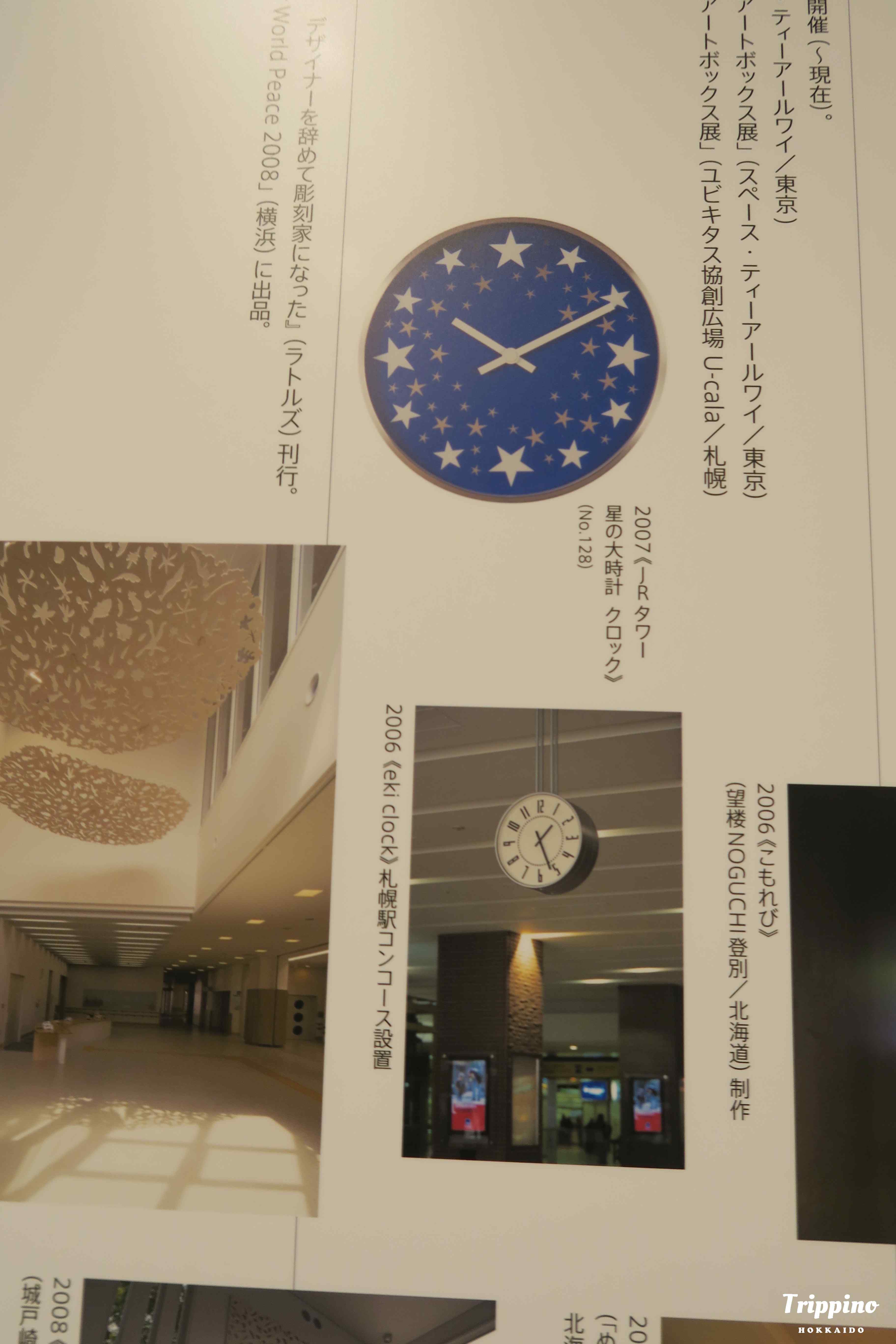
In Sapporo, the central point of town, Sapporo station has a very famous clock on the south side, a simple blue face with the hours marked by stars making it easy to read from afar, a beacon of time for people to gaze up walking towards the station. Such a significant part of the station and yet seemingly able to blend into our everyday, this timepiece is designed by a local to Hokkaido, Igarashi Takenobu. Born just North of Sapporo in the town of Takikawa, Igarashi is a world-renowed graphic, product, and environmental designer, who has designed the logos of famous everyday things, like the logo of the beloved Calpis drink (sometimes known as Calpico), to the JR Tower logo seen prevalent in Sapporo Station. Now a sculptor with a focus on the three-dimensional, Igarashi is an artist who strives to create things useful in society while making them beautiful with his own hands.
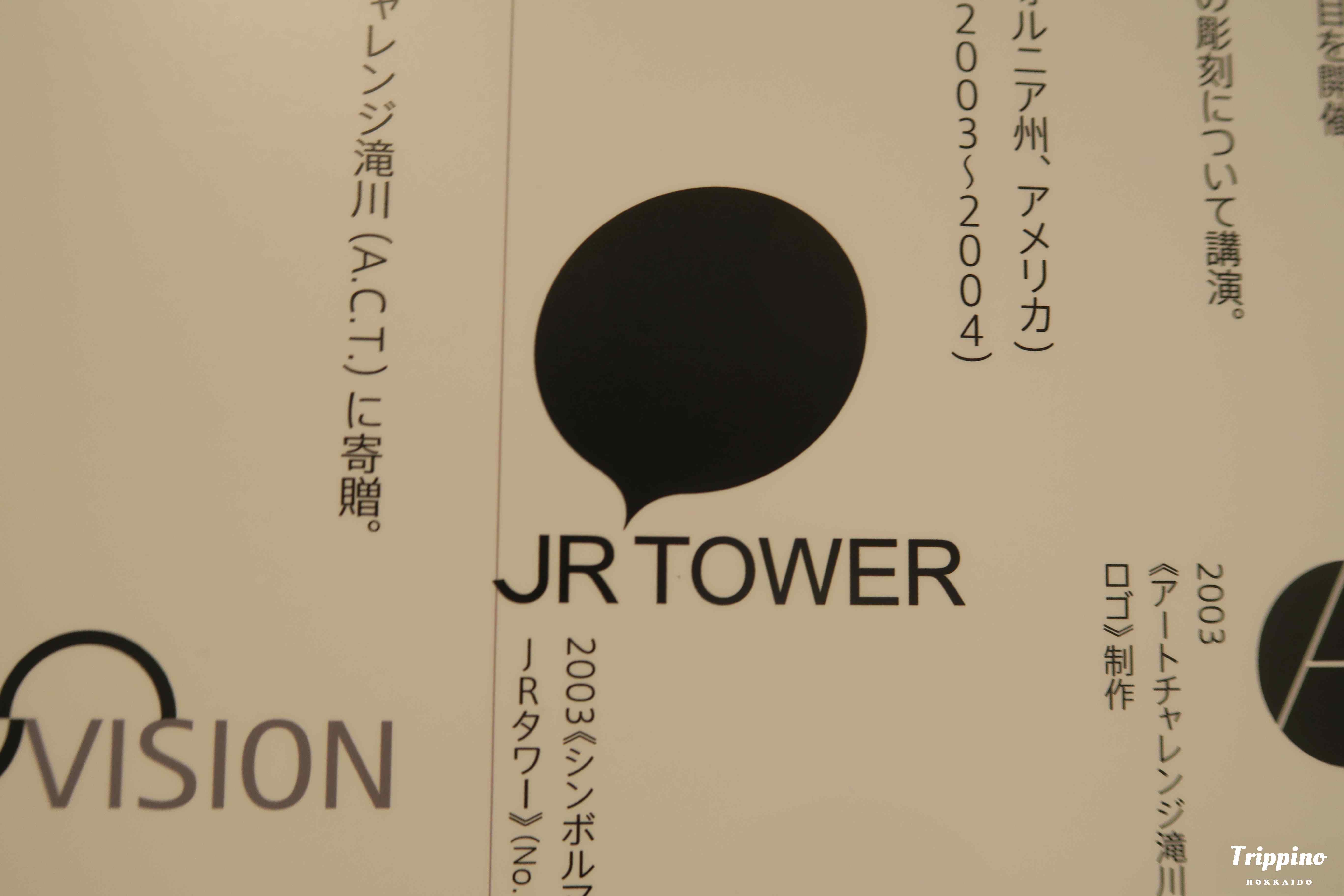
Currently at the Sapporo Art Museum located at Makomanai at the South end of Sapporo is The World of Igarashi Takenobu, an exhibit of the artist’s different works as he started as a graphic designer and moved towards typography and eventually transitioned from the second dimension to the third dimension. I took a trip to the Sapporo Art Park to visit the exhibit and learn more about the man and his works.
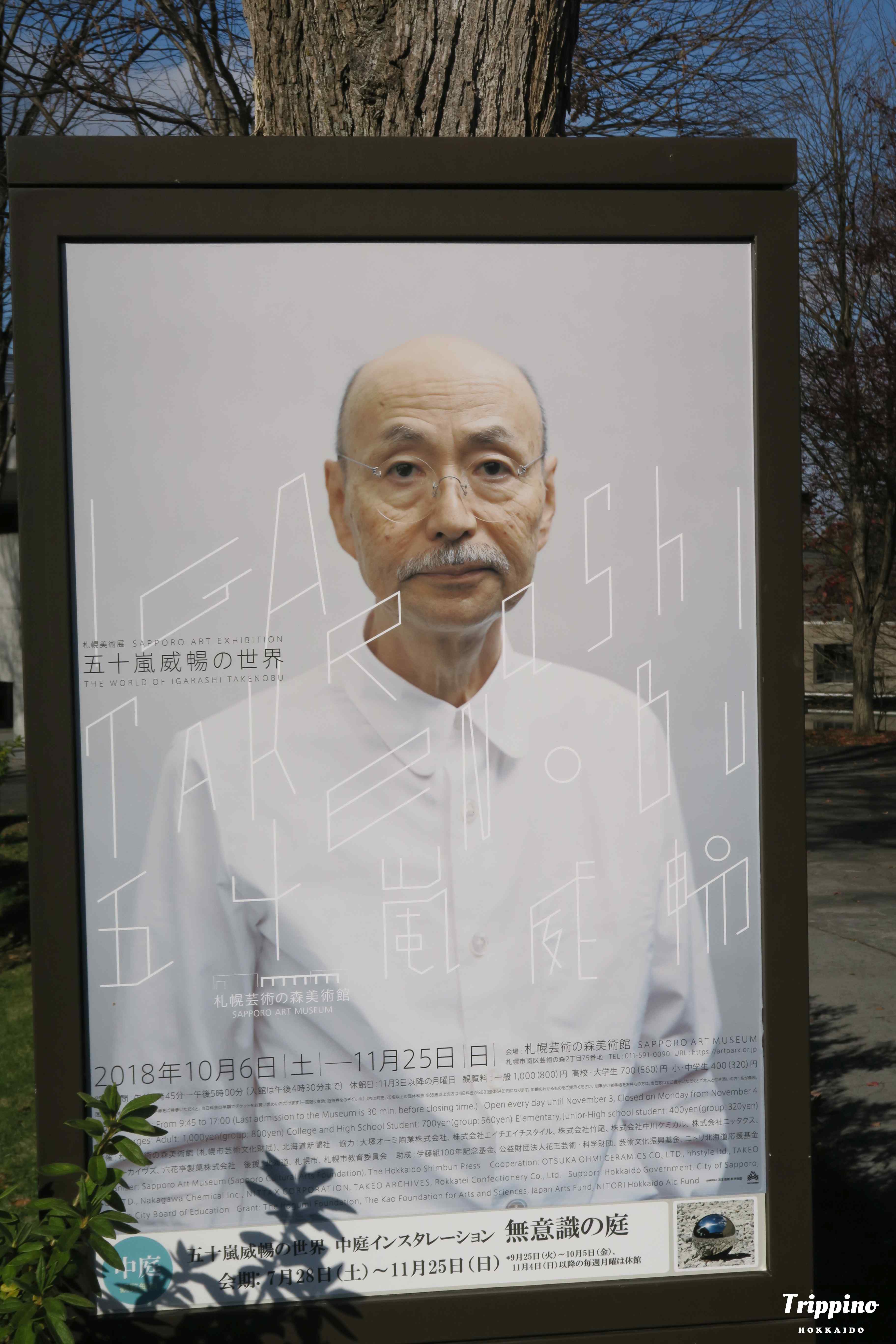
Previously introduced on the blog, the Sapporo Art Park is full of sculptors and exhibits that make it possible to view different pieces in various settings. Just outside the main museum is one of his sculptors, based on the komorebi series, various outlines of shapes taken from nature cut out from a flat sheet. Some children were seen running around, playing hide and seek from the holes.
Entering the museum I was greeted with two exhibits: the main exhibit and a side exhibit. After I purchased my ticket and walked towards the entrance, I turned by eyes to the glass hallway, which was frosted and stained with similar outlines from the piece outside, lettings in light while keeping a sense of privacy in a playful manner.
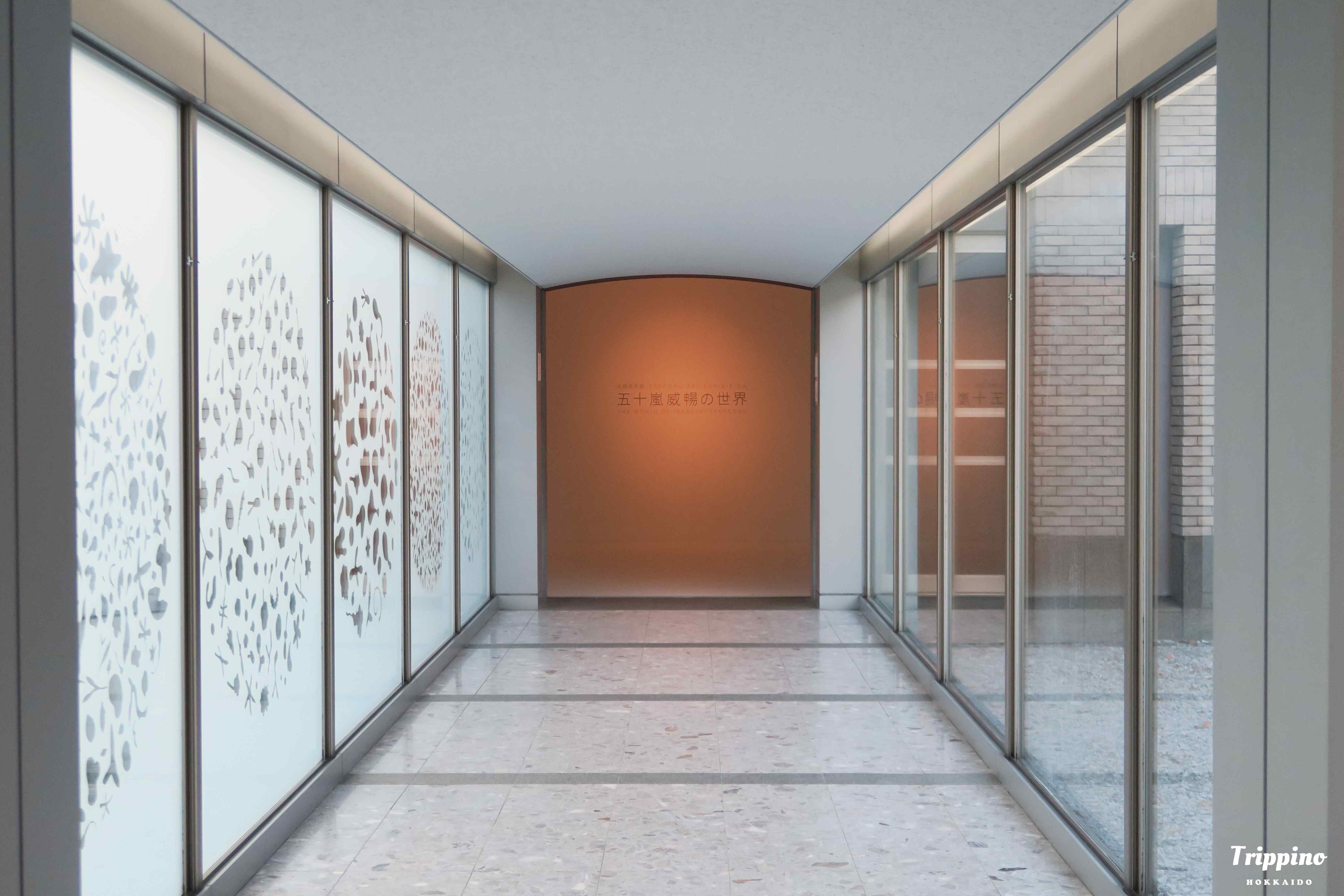
Much of the exhibit prohibited photography, so I was only able to take a limited amount of shots, but many of his works are available on his website. Starting with his graphical work, his play with typography has a unique 3D element, a way that makes it pop out of its plane. One of his most famous works is a calendar for New York’s MoMA, in which every month has a unique style and he continued to make these calendars for 8 years, resulting in over thousands of unique numerals.
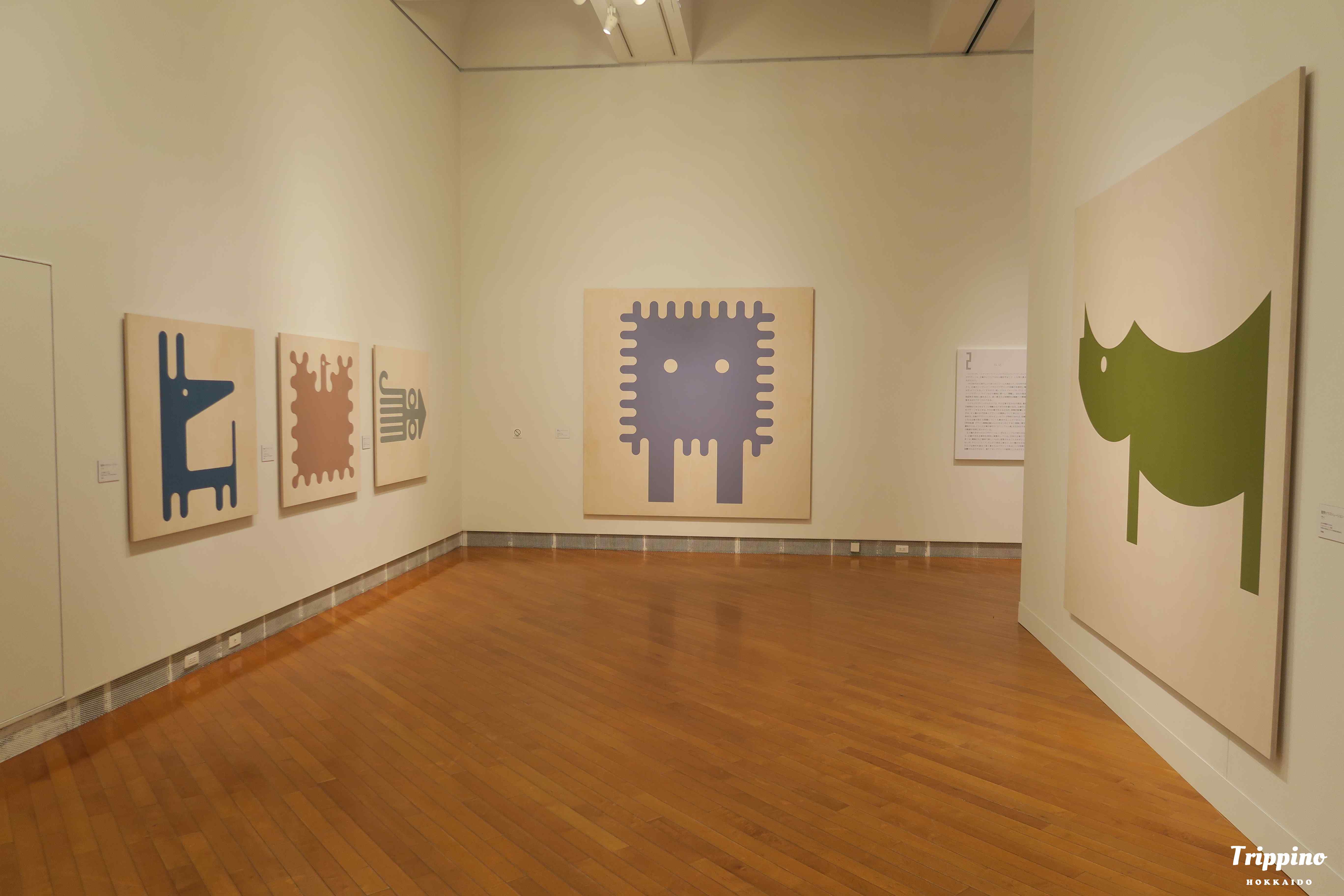
Eventually his worked transformed to the three-dimensional space, as many of these alphabets and numbers were crafted by hand to create unique pieces that feel heavy and layered. What Igarashi so special is the variation in his work, the constant experimenting and transformation of his works has resulted in a portfolio that cannot fit in a single category. One of my favorite pieces was “Noh” a poster designed for a Noh performance in America: the word “noh” and the Japanese kanji “能” were combined to create a piece that could be recognized by both English and Japanese audiences simultaneously while still offering an appealing aesthetic.
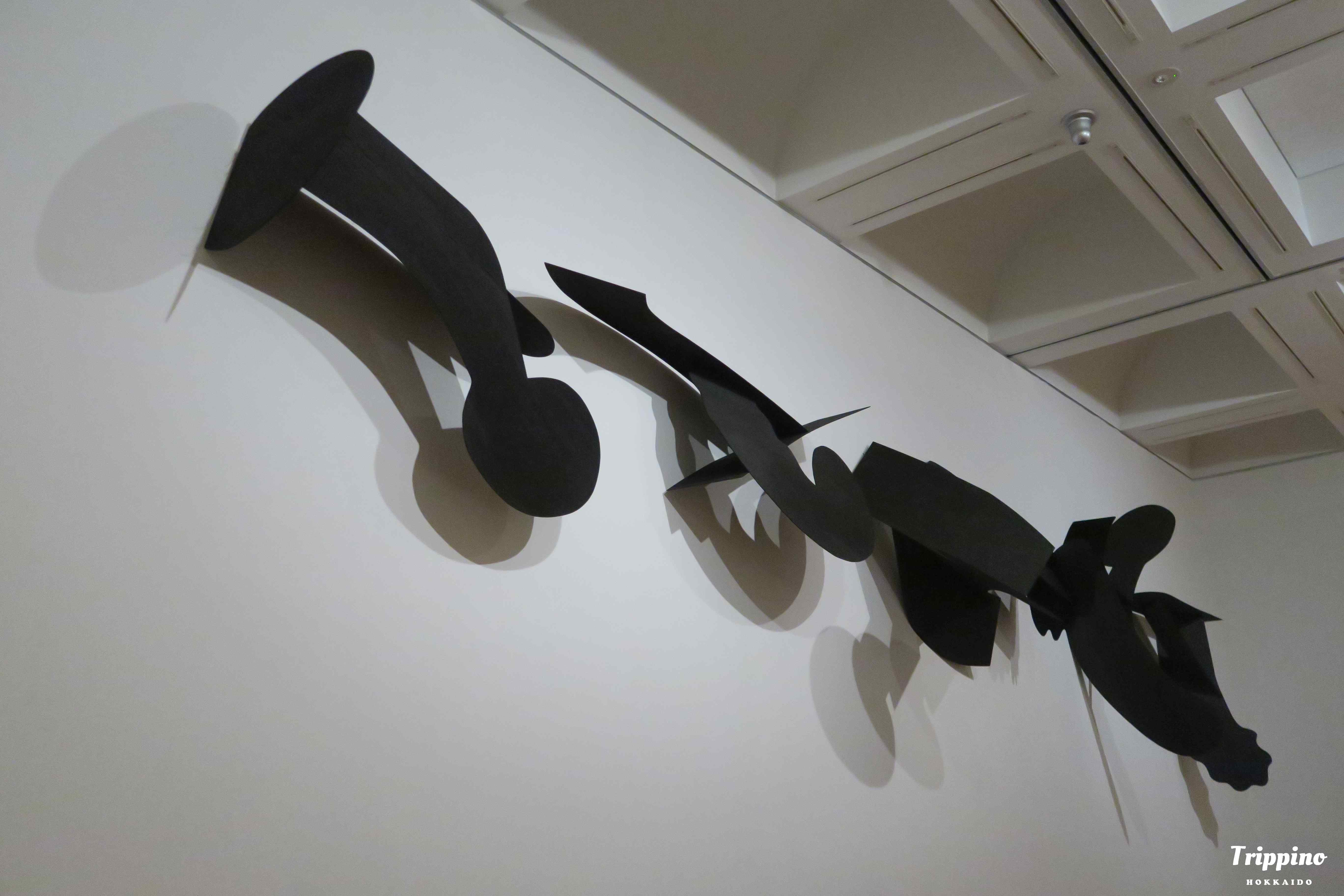
Some of his more famous works were luckily part of the photo -ok area, allowing me to snap a few pics. His more famous and recent works, the horizontal feelings is made of individual pieces of wood suck together to give a living and human element to work, as when the light hits the subject, the shadows produce a varied and unique aesthetic, thanks to each individual piece of wood being completely different to those ones above and below it.
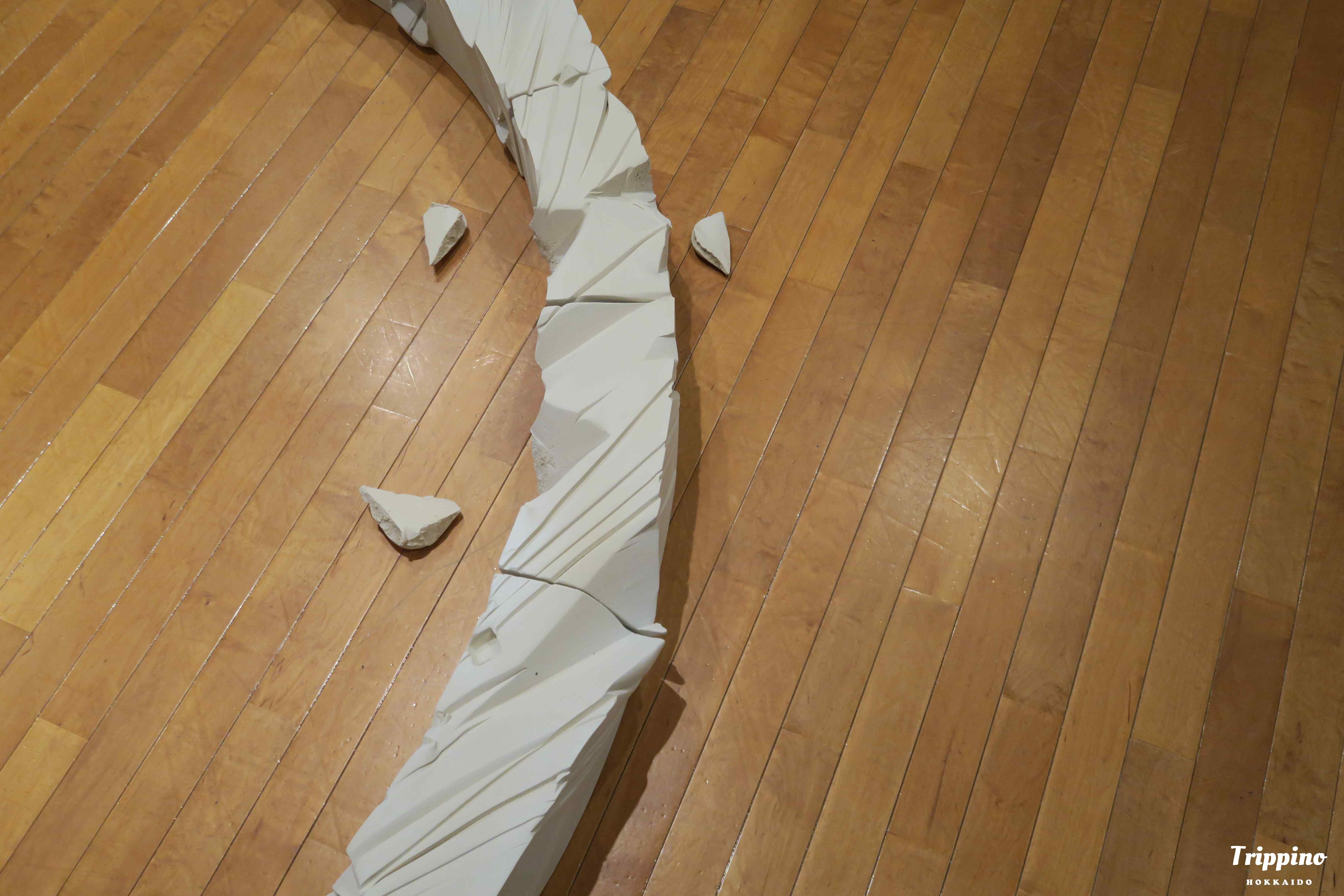
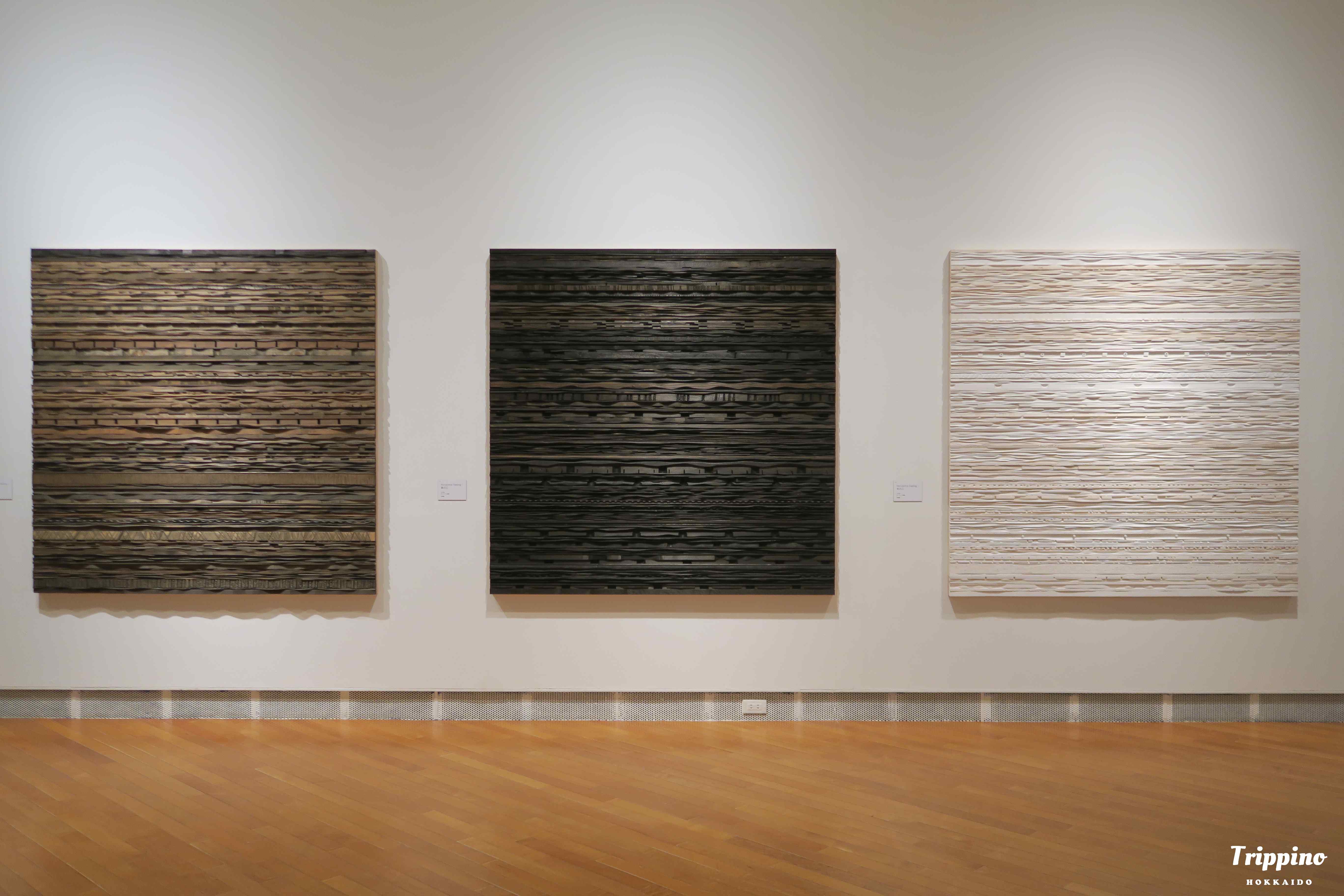
To me Igarashi Takenobu is an underappreciated artist, whose craft often goes unnoticed by those that walk past it everyday, but if it wasn’t for my encounter with the artist himself, I may have never learned to appreciate his works either.
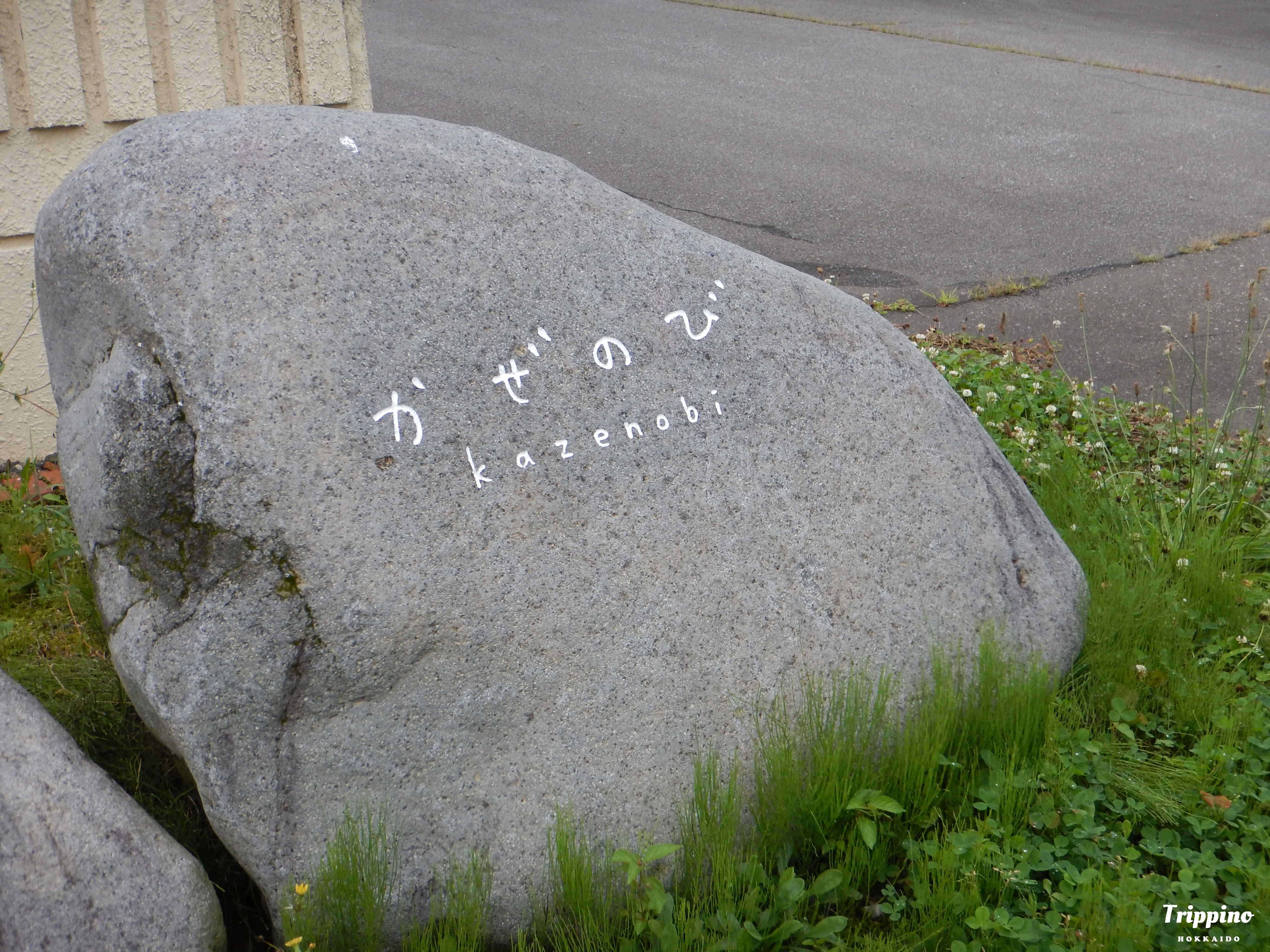
In 2015, I found myself in the town of Shin-Tostsukawa, working with local officials in promoting the local tourism. As we toured the town to see its local attractions and what it had to offer, one of the people took us a little out of town, a 15-minute drive from town in the hills, where a particular school was out in the middle of nowhere, adorned with a rock that simply read, “kazenobi”.
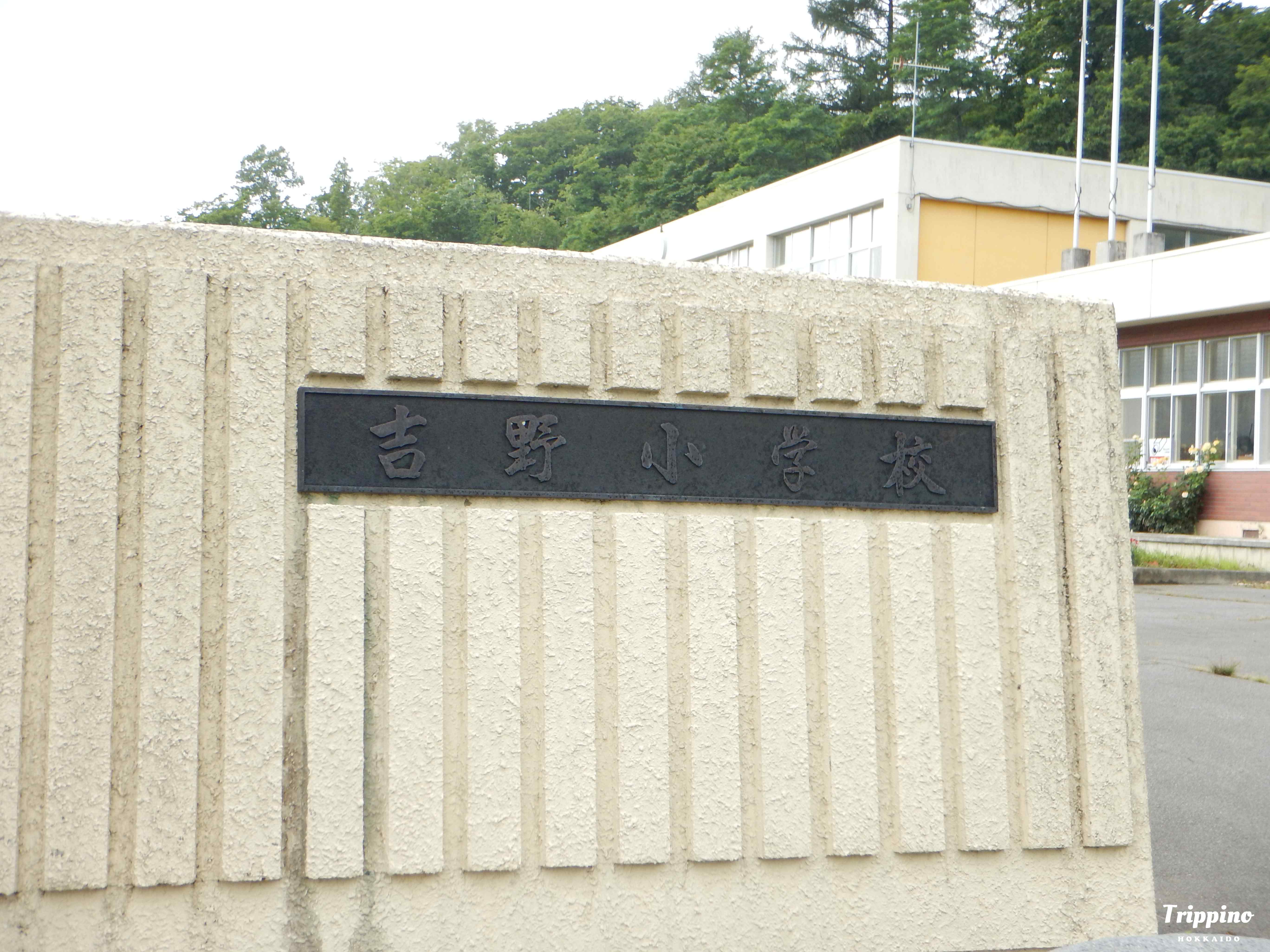
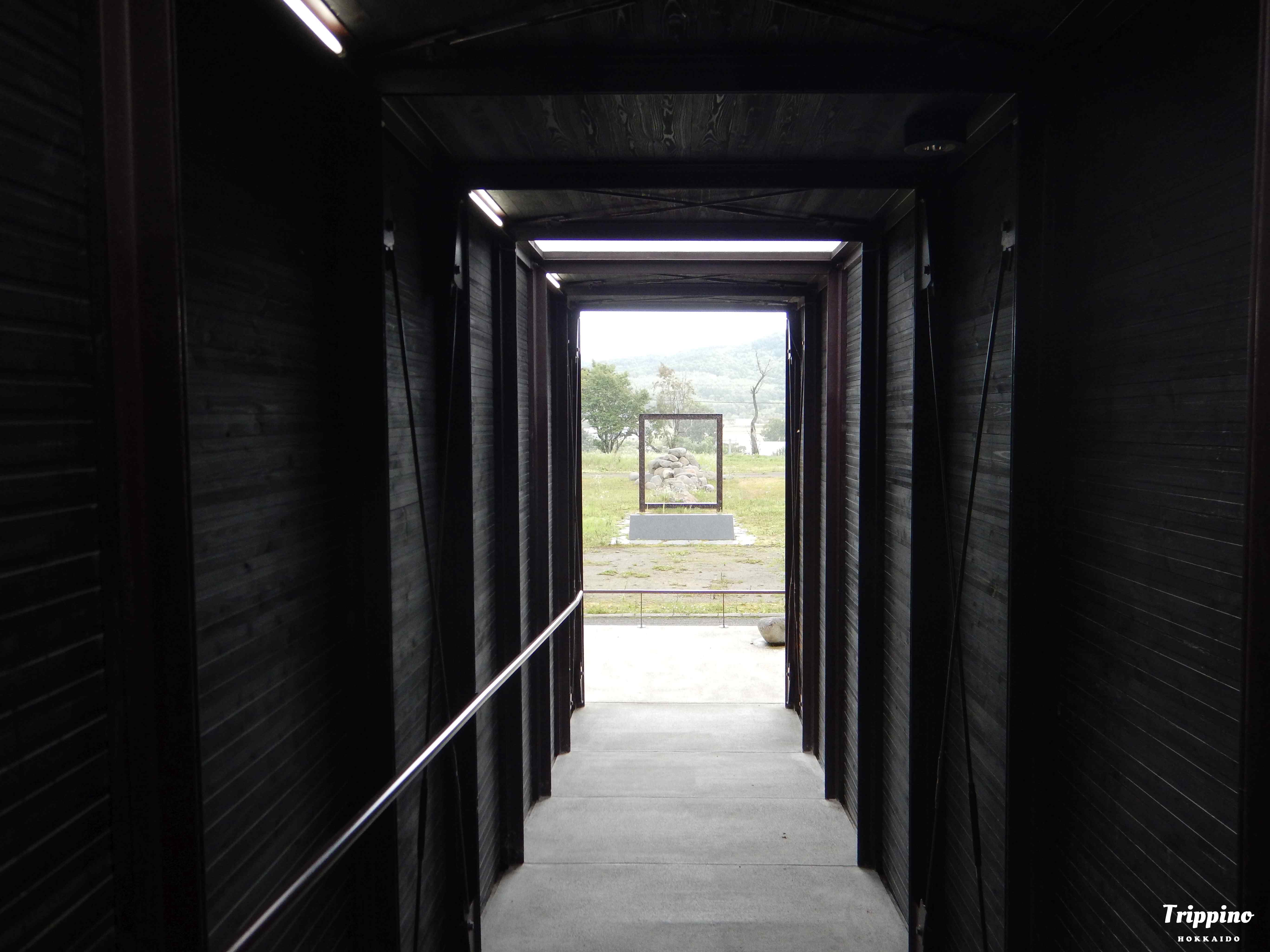
Kazenobi was originally Yoshino Elementary School in the Shin-Totsukawa area, but due to a lack of students, became an abandoned school. However, it would serve a new purpose as Igarashi’s atelier, where he works on pieces on the side, and where the public can view his different past works in the gallery. On the day that we went to visit, we were able to catch him in his craft, working on a piece, but was happy to introduce himself and the gallery despite being so busy. A very friendly and heartwarming individual, Igarashi explained to us that the school also held workshop for the local children, where they learned about art and contributed to the community. When we went, there were finished works of the reimagining of the local train station. Kazenobi is just as part of the local community as it an art gallery, and reflects Igarashi himself, who is always contributing to the next generation of artists.
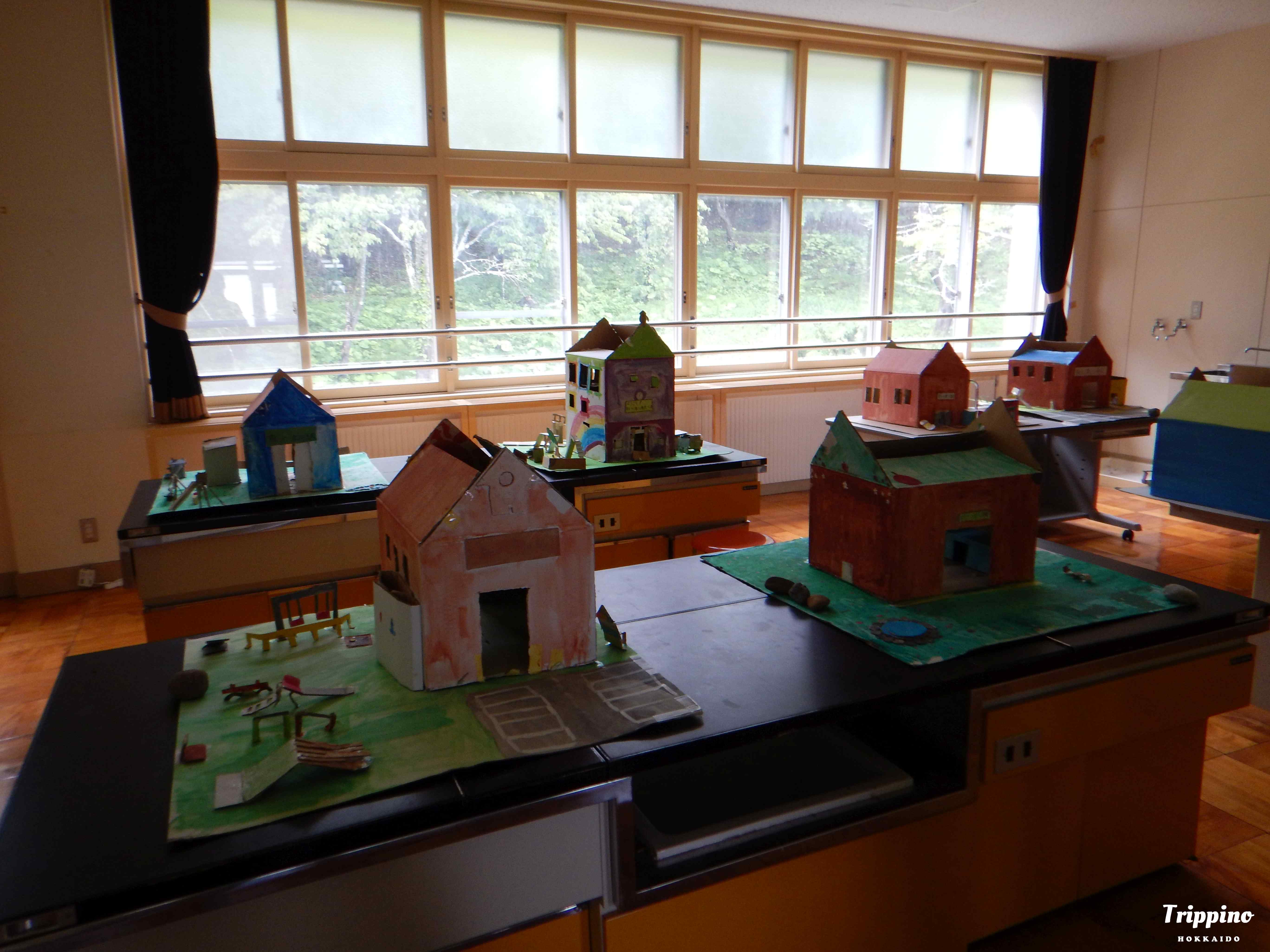
If you’re in the area or driving up to Asahikawa, it is worth dropping by Kazenobi to enjoy some art in the wilderness, and if you’re lucky, you might be lucky to see Igarashi working on a new sculpture!
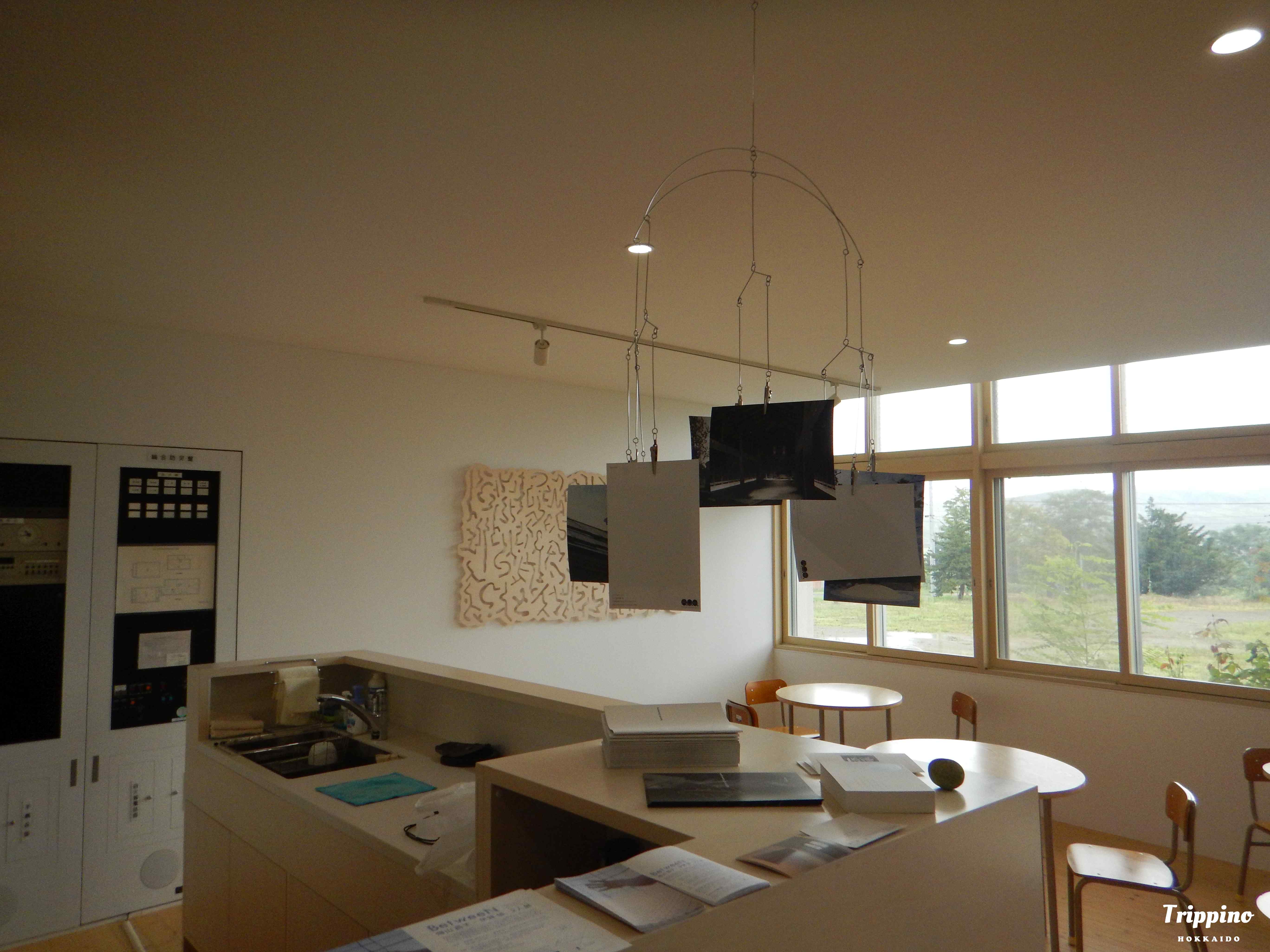
While this exhibit itself ends on November 25th, Igarashi’s art can be enjoyed just walking in the streets of Sapporo. One such piece is the hallway itself in the underground part of Sapporo Station in Paseo, where the motif of trees in a forest were translated into black line that cover the white walls of the hallway, making a refreshing visual impression, like the crisp air in the forest. Other pieces can also be found on the walls of Paseo, or hanging inside Bisse building next to Odori. The next time you’re walking around in Sapporo, look a little closely and you might discover some of this talented artist’s works!
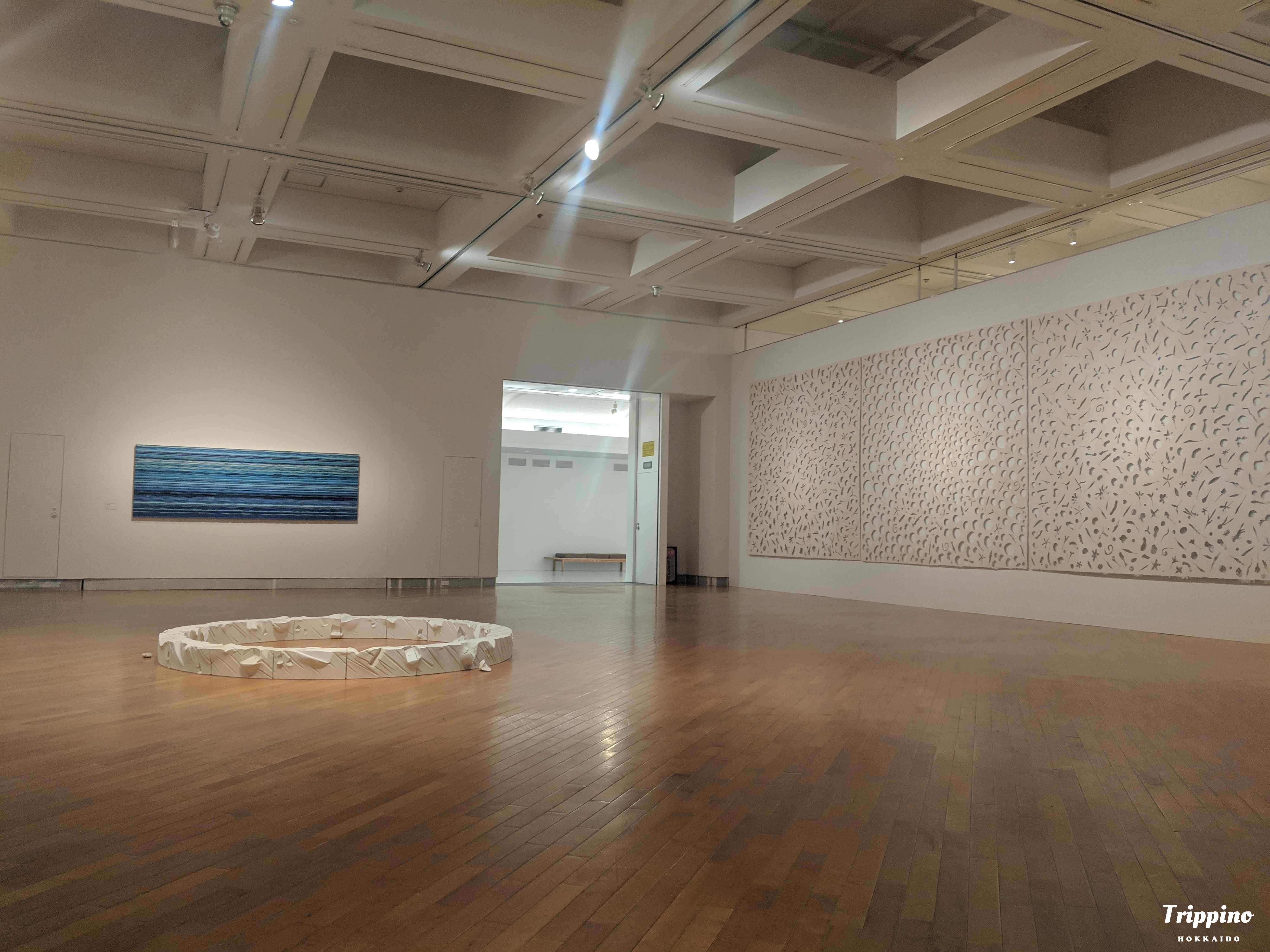
More info:
The World of Igarashi Takenobu: http://www.takenobuigarashi.jp/blog/en/exhibition/388/
kazenobi: http://www.takenobuigarashi.jp/en/kazenobi/
・
Discover Cool Things!
Trippino HOKKAIDO

APP DOWNLOAD:
iOS : http://goo.gl/Qf5daP
Android : http://goo.gl/AxcjHG
NEXT RECOMMEND
-
Dec. 152017
The Best Sushi Train in Sapporo.
-
Aug. 212023
【Locals don’t hide their secrets】11 must-eat ramen noodles in Hokkaido
Let's enjoy Hokkaido
PICK UP
Apr. 04 2025


